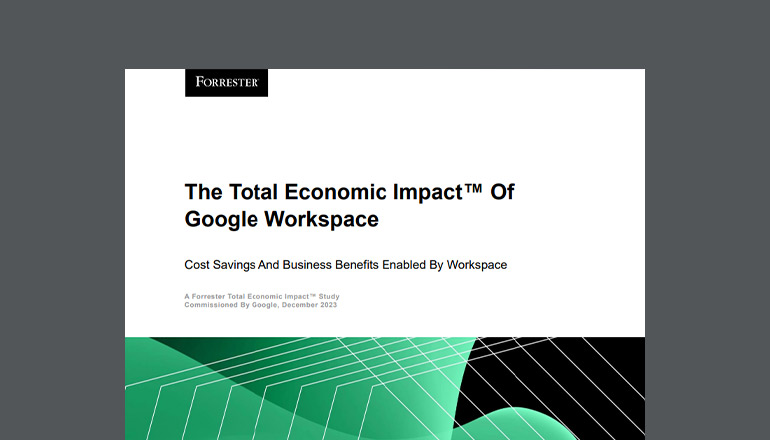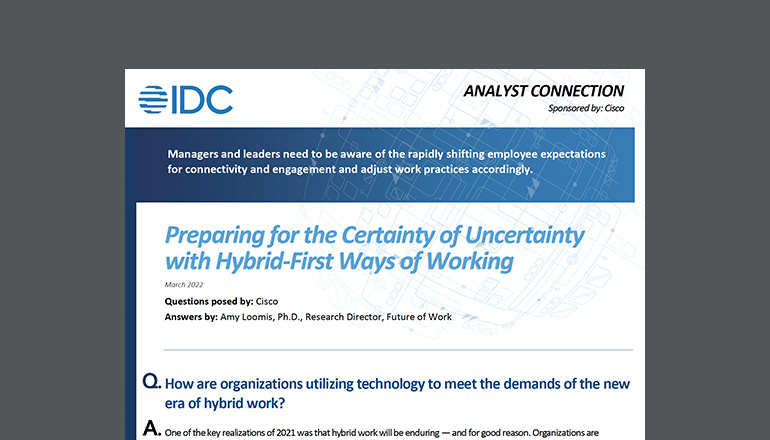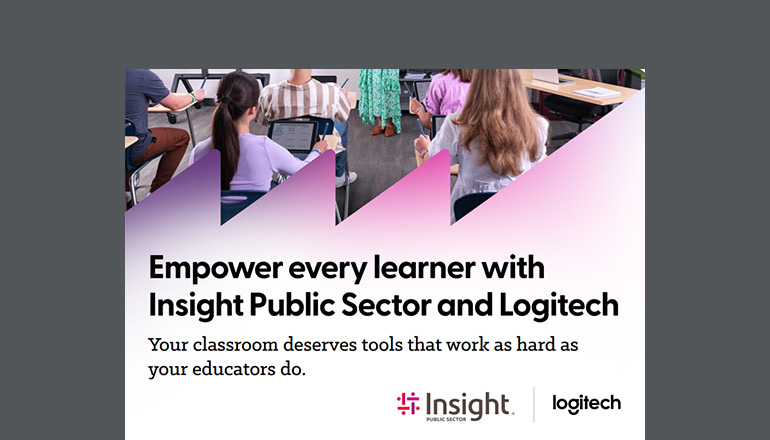Tech Journal Bottoms Up: Inverting 2020 Challenges for a Better Beginning
By Megan Amdahl / 15 Dec 2020 / Topics: Collaboration Automation Modern workplace Customer experience

2020 is flecked with significant events that touched so many areas of our lives and our world: healthcare, culture, environment, economics and technology. For me, looking forward with “2020 vision” means concentrating on how the year strengthened us. It was a trying year, no question, but we must choose to see the positives and carry that optimism into 2021.
Seeing the (champagne) glass as half full
At the individual level, many people are entering the new year having learned a new skill, earned an additional certification or gained greater knowledge on a subject. People found opportunities within the turmoil to invest in themselves.
Organizations and businesses demonstrated equal resilience. They rapidly retooled their business operations, expedited digital transformation projects and adapted in countless ways.
It’s impossible to look back on 2020 and not reflect on the groundswell of conversation around diversity, inclusion and a sense of belonging like never before. Companies of all stripes need to be super engaged here. If you want to attract and retain best-in-class talent, you must prioritize people. Particularly in the technology space, the competition for talent is severe. And the more you invest and develop those employees, the more likely they are to be recruited by others. You can’t pay for loyalty or you’ll kill your profitability. Instead, you have to create a differentiated value proposition.
This is an area where organizational leadership really has to be the bold role model and lead from the front. If leadership doesn’t lean in and get everyone thinking about it, then you aren’t going to successfully create that inclusive environment. Incidentally, the most diverse companies are some of the most profitable today.
If leadership doesn’t lean in and get everyone thinking about it, then you aren’t going to successfully create that inclusive environment.
A great example of that is Starbucks. The coffee giant goes deep into the data to understand how diversity exists within each store and the affects it has on the bottom line. The company understands which managers have the propensity to hire or promote diverse people. Starbucks is also focused on pay equity across minorities and genders, and because of a study on data, the business has achieved 100% pay equity for men and women.
Here’s the skinny on 2021 operations.
As many individuals might be starting 2021 with the popular New Year’s resolution of getting in shape, a lot of business and IT budgets are already starting the year on the skinny side. There are a few strategies organizations can adopt now to make up gaps or ensure they don’t skimp in the wrong areas.
First, practice some budgetary yoga. Make your dollars stretch by extending the life of your existing technology. Unless you need to modernize because your technology is so outdated that it’s preventing you from integrating with newer innovation, you can send your devices for a refresh or buy refurbished equipment.
Also, because cash flow is so important, move from a Capital Expenses (CapEx) to an Operating Expenses (OpEx) model. This eliminates the need to make large investments upfront while also enabling you to acquire devices or services with the flexibility to scale up or down as your needs change.
Investing in the Employee Experience (EX) and the “virtual office” will continue to be a top priority for 2021. However, virtual collaboration could ultimately be a cost-saver. Besides saving in travel expenses, a lot of people are now used to and even in favor of the remote work environment. Companies that take a hard line and insist everyone return to the office five days a week will likely face high turnover as employees seek companies that maintain remote flexibility.
You might be one of those companies that discovered having a remote workforce actually works. In this case, you can shed some of the hard costs associated with rent, utilities and so on. I would advise you to shift those dollars to collaboration solutions and cybersecurity.
One of the unfortunate consequences to the great migration of remote work was the sharp increase in cyberattacks. It feels like everyone knows someone whose company fell victim to a cyber breach or had their data held for ransom this past year. Do not go thin on security.
Overall, keep your maintenance budget going, but also think critically about what you could invest in right now that will dramatically improve your Customer Experience (CX) and/or EX. What can you do to differentiate, add incremental value or create that personalization within the customer experience? And, if improving a user experience isn’t feasible, what can you invest in that will ultimately result in a cost reduction somewhere?
That leads me to automation. Before I lose you because maybe you’ve tried some type of automation in the past and didn’t get the benefits you were expecting, I have to emphasize this is an area of tech that’s rapidly advancing. Cognitive learning software, for instance, has significantly improved at reading documents. Machine learning, as the name suggests, is continuously getting smarter. The more it’s put to use, the better and faster it’s going to become at processing data and carrying out a task.
Automation eliminates “swivel chair” tasks from employees so they can focus on more high-value, gratifying work. In fact, a 2021 predictions report by Forrester says, “We forecast that by the end of 2021, one out of every four remote workers will be supported by new forms of automation, either directly or indirectly.” The report also hypothesizes, “More than 60% of B2B sellers will be enabled by AI and automation.”
“…by the end of 2021, one out of every four remote workers will be supported by new forms of automation…”
For the best Return on Investment (ROI) from automatic processing, look for areas of the business with high rates of manual touch where multiple people and systems are involved.
At Insight, we’ve deployed Robotic Process Automation (RPA) within procurement to assist with what we call pre-order sales support. RPA and cognitive learning can be used to automatically enter purchase orders that come in over email, which triggers the placement of the order with a partner — all without requiring human touch.
By liberating employees from data search and entry, we improve both the CX and EX. RPA capabilities can considerably decrease lead time for a new sale and improve accuracy and/or speed of Service-Level Agreements (SLAs). Most importantly, it allows teammates to dedicate more time to meaningful conversations with clients about their business needs.
Starting fresh: 5 resolutions to make for 2021
Practice inspirational leadership.
Inspirational leadership has never been more important. It’s a whole different type of leadership and communication when your workforce wants to leave to shelter in place with their families — and why shouldn’t they?
At the onset of the stay-at-home orders, I had to impress upon these teammates just how essential they were and how much they were appreciated. In many ways, they were heroes in their own right. Because of their work in our distribution facility, hospitals were getting the technology needed to enable critically ill COVID-19 patients to talk to their family members one last time. That’s powerful.
Be authentic and engaged.
Employees today need a higher level of authentic engagement from leaders. When the protests broke out over the death of George Floyd, I knew I couldn’t sit by. I held a special meeting with our operations team and said to them, “There’s a real issue here from a diversity and inclusion standpoint. And I pledge to you, as your leader, to make this a commitment, not a campaign.”
What that meant was that we didn’t just have one conversation about it and call it good. I set out plans for a full roadmap with dedicated resources. We launched regular trainings for leaders. We set aside time in staff meetings to let people talk about their diverse experiences so that we could try to learn, empathize and do better. It’s uncomfortable for people. We know that. And because it’s uncomfortable, our natural inclination is to shy away from it. But as a leader, you have to be comfortable with being uncomfortable.
Mirror your priorities to your calendar.
Your time needs to align with what's most important. If you say something is a top priority, your calendar better reflect that.
For the greater part of this year, my top priority has been the health and safety of my teams. So every morning since February, I join a leadership call to review the health and safety of our facilities. If there was ever cause for concern, we could do rapid contact tracing and make the right calls to pull people out of the facility. I could have established those calls and stopped dialing in, but by participating in these conversations every day, I’m demonstrating to my teams that their health and safety will always be my top priority.
And, because I pledged my commitment to bring diversity and inclusion to the forefront, I meet regularly with our different Teammate Resource Groups (TRGs) at Insight. It gives me a unique and humbling opportunity to hear from them and understand different microaggressions and experiences they’ve had in their lives and their careers. From these honest conversations, I’ve come to understand the difference between being included in a meeting and feeling like you belong in the meeting.
Check the message.
We’ve all heard a lot this year about the importance of communication, but I think it’s important to distinguish that doing well here isn’t just about frequent communications — it’s how that message is getting delivered. Words matter.
When we needed our managers to deliver messages back to their teams, we first had them repeat back to us what they were going to say. You find a lot of gaps or potential for a message to get misconstrued when you have people do a brief back. You can’t be afraid to give feedback and take the time to hone the delivery to ensure it instills the right emotional response from teammates on the receiving end.
Let your brand values be your guide.
2020 threw a lot of hard choices at us, both as leaders and as a business. Between deciding how to keep your business afloat during an impossibly volatile economic time, to opening conversations about race and diversity, there was rampant opportunity to misstep. Being faced with so many conflicts can feel paralyzing. And we probably didn’t get it right all the time — we’re human, after all.
At Insight, our culture is fanatic about our values of hunger, heart and harmony. Our hunger — instilling in us a drive to challenge the status quo — played a big part, I think, in our teams’ ability to adapt quickly and turn our focus immediately on the needs of our clients. Our values of heart and harmony guided our decisions to prioritize the well-being of our teammates and to focus inwardly on being better at nurturing an inclusive culture for all of our teammates.
There will always be a difficult decision waiting in the wings. If you let your brand values be your guide and jury, you might find it a little easier to arrive at the best path forward.
If you let your brand values be your guide and jury, you might find it a little easier to arrive at the best path forward.
Cheers to new beginnings!
While there’s no magic in the stroke of midnight on New Year’s Eve, and the conditions we face at the end of one year will follow us seamlessly into the next, we can choose to turn the corner with greater optimism and wisdom from the lessons we’ve learned.
On a final and somewhat sentimental note about the positives of 2020, I have to say that I think we may have much stronger family units coming out of this. I’m sure not every day was sunshine and rainbows, but when you think about all the time that people got back this year because they weren’t traveling for work or commuting to and from an office, they gained hours and hours of time each week to be at home with family. That can’t be taken for granted.
And speaking of taking things for granted, I have a feeling Teacher Appreciation Day in 2021 is going to be off the hook.
Transform disruption into opportunity. Wherever you are now or wherever you need to go, Insight can help you manage today and prepare for a new way forward.
About the author:
Related articles
Narrow your topic:
Artificial Intelligence (AI) Digital transformation Agile Tech Journal View all focus areas





















